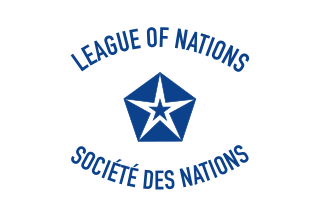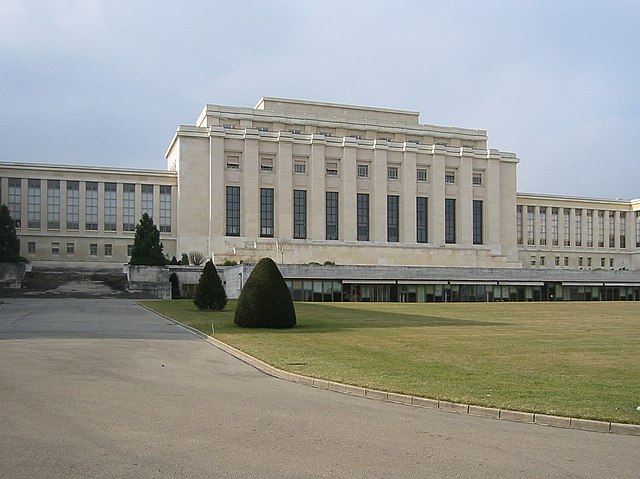Brčko District
Brčko District
From Wikipedia, the free encyclopedia.
Brčko District (Bosnian, Croatian, Serbian: Брчко Дистрикт/Brčko Distrikt) is a special political unit, located at the north-east of Federation of Bosnia and Herzegovina, bisecting Republika Srpska.
Officially it was formed in 1999 as a condominium of the Federation of Bosnia and Herzegovina and Republika Srpska, to reflect Brčko and the surrounding areas' multi-ethnic nature and special status within the newly-independent Bosnia.
Established: 5 March 1999
Independence: 1 February 2006 (de facto)
Capital: Brčko
Government:
- Mayor: Siniša Milić
- President of the District Assembly: Esed Kadrić
- International Supervisor: Bruce G. Berton
- Convertible Mark
- New Republika Srpska dinar (de facto)
- Euro (de facto)
- Total 493 km² (173 sq mi)
- Total 93 028
- CET (UTC+1)
- Summer (DST) CEST (UTC+2)
Calling code: +387 (the calling code of former Bosnia and Herzegovina)
Internet TLD: .ba [**]
[*] Not a government member; the High Representative is an international civilian overseer of the Dayton peace agreement with authority to dismiss elected and non-elected officials and enact legislation.
[**] Former TLD of Bosnia and Herzegovina. Still used not only in Brčko, but also often in Federation of Bosnia and Herzegovina (in addition to its own TLD).

Map of Brčko District (source)
History
The Brčko District was established after an arbitration process undertaken by the High Representative for Bosnia and Herzegovina. According to the Dayton Peace Accords however, the process could only arbitrate the disputed portion of the Inter-Entity Boundary Line. The Brčko District was formed of the entire territory of the former Brčko municipality, of which 48% (including Brčko city) was in the new formed Republika Srpska, while 52% was in the old Federation of Bosnia and Herzegovina. Since the end of the Bosnian War, the European Union (EU) has maintained a diplomatic peace-keeping presence in the area.
Brčko was the only element in the Dayton Peace Agreement which was not finalized. The arbitration agreement was finalized in March 1999 resulting in a "district" as mentioned above which was to be administrated by an American Principal Deputy High Representative who is also ex officio the Brčko International Supervisor.
Following the failed Bosnian general election in 2006 and subsequent collapse of Bosnia and Herzegovina, the status of Brčko District remained unresolved. Both newly independent Republika Srpska and Federation of Bosnia and Herzegovina originally claimed the area. The District bisects Republika Srpska into two almost equal parts; on the other hand, it is crucial for the access to Bosnia to the Posavina Canton, an exclave of Bosnia.
De iure, since the Federation and Republika Srpska failed to reach the agreement regarding the status of Brčko District, it remains a condominium of both countries within nonexistent Bosnia and Herzegovina. However, in cannot be considered a rump country, since Bosnia and Herzegovina has been officially dissolved by both entities, and Brčko does not consider itself to be a continuation of Bosnia and Herzegovina, neither an independent country.
International Relations
Generally, Brčko District is not considered an independent country. However, it is a member of several international organizations, including Universal Postal Union and the International Telecommunication Union. It is not a member of United Nations and does not issue its own passports. Following previous, still valid agreements, The inhabitants can choose to vote in the elections of either Federation of Bosnia and Herzegovina or Republika Srpska, and can obtain passports of both of the countries - initially, Republika Srpska issued passports only to Serbs, but this limitation has been removed at the insistence of the Office of the High Representative as discriminatory.
Brčko has diplomatic representations (the word "Embasssy" is carefully avoided) in Republika Srpska, Serbia, Croatia, Federation of Bosnia and Herzegovina, European Union and the United Nations. The representatives are issued special travel documents that function as diplomatic passports (while avoiding the word "passport") and enjoy diplomatic immunity (however, apart from these countries, the diplomatic immunity is not recognized anywhere in the world).
Brčko remains reasonably integrated with the economies of both Republika Srpska and Federation of Bosnia and Herzegovina. At the insistence of the International Supervisor mediating the split of Bosnia and Herzegovina, the free movement of people, labour and capital remains valid and all the parties seems to benefit from it.
Last edited:


